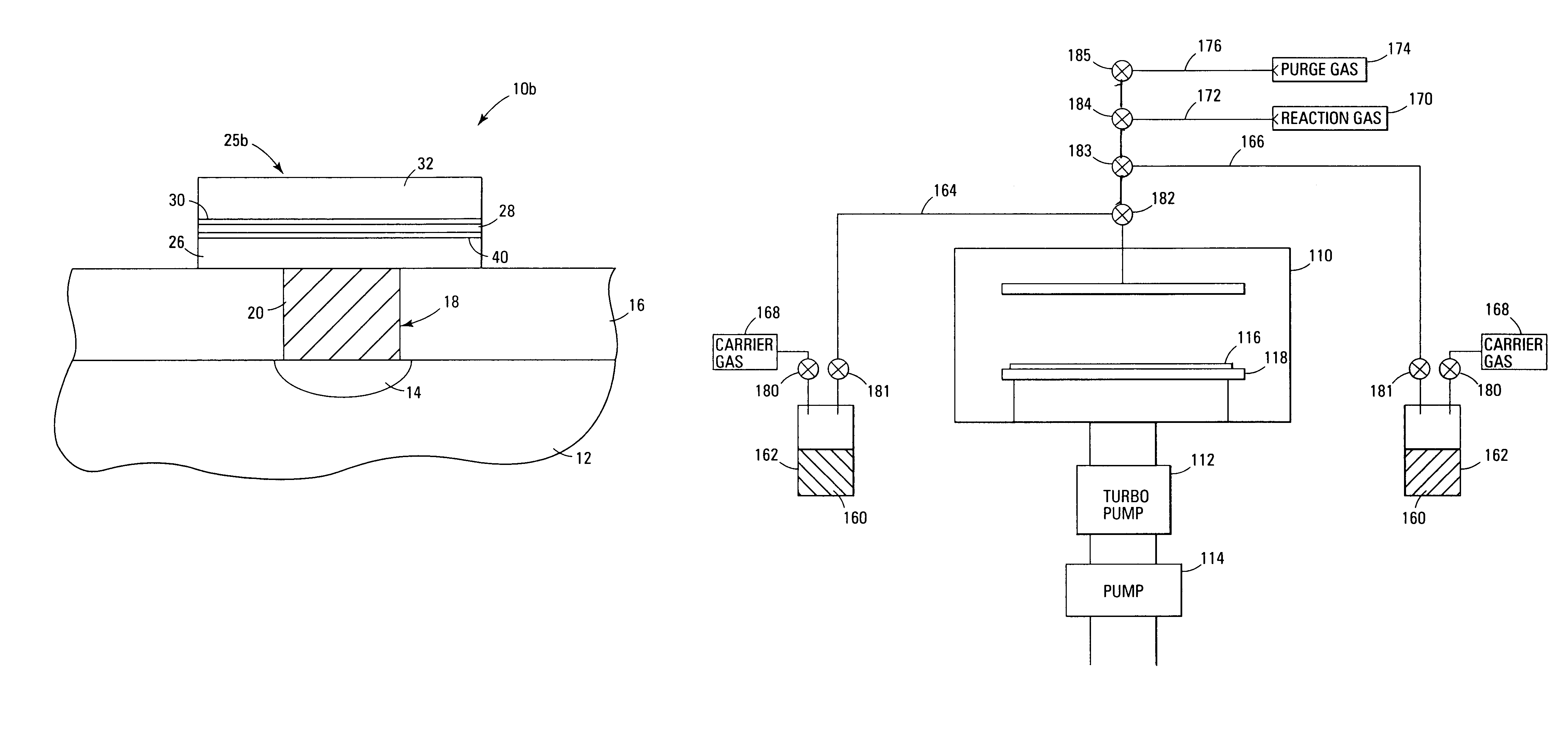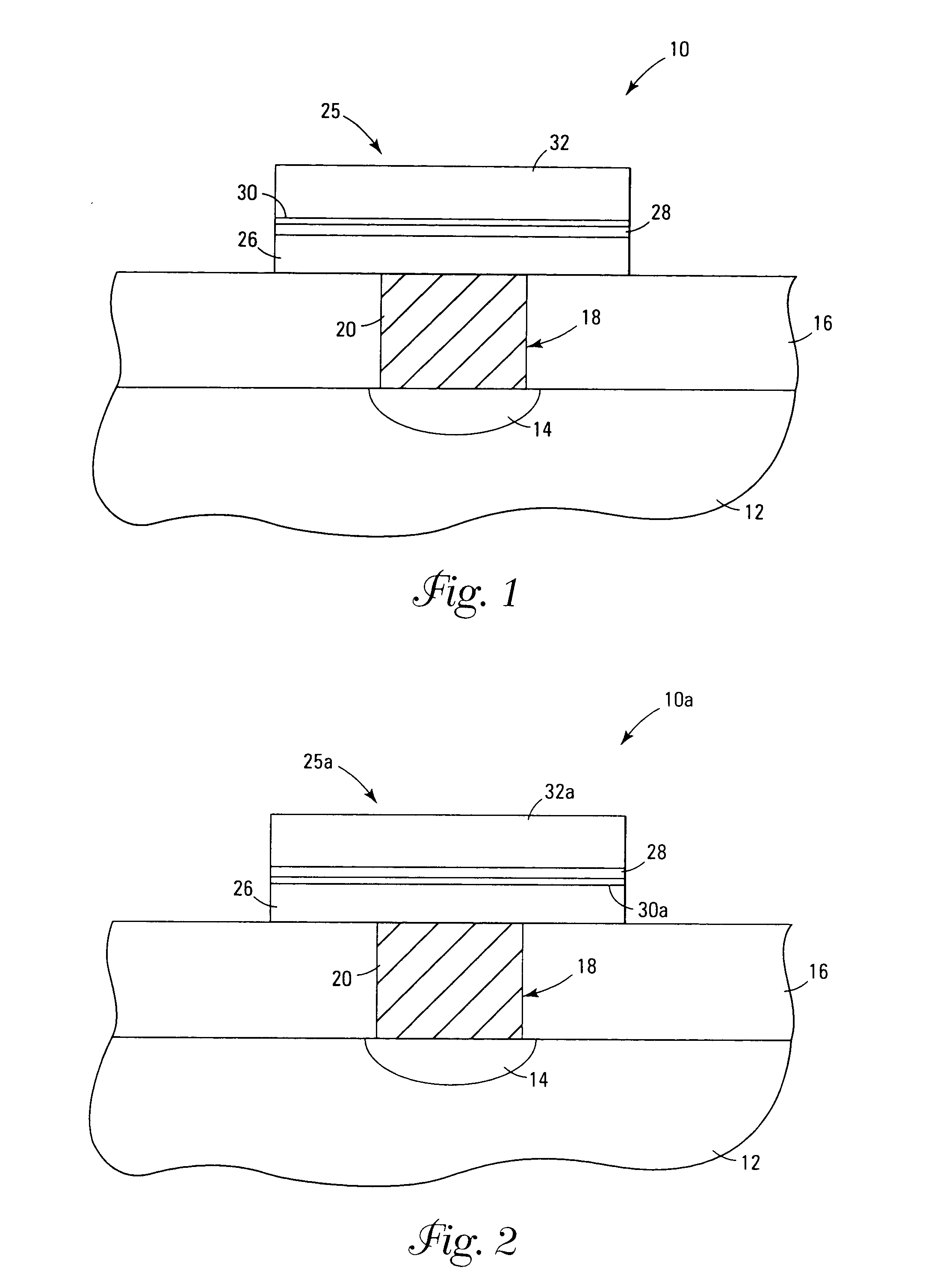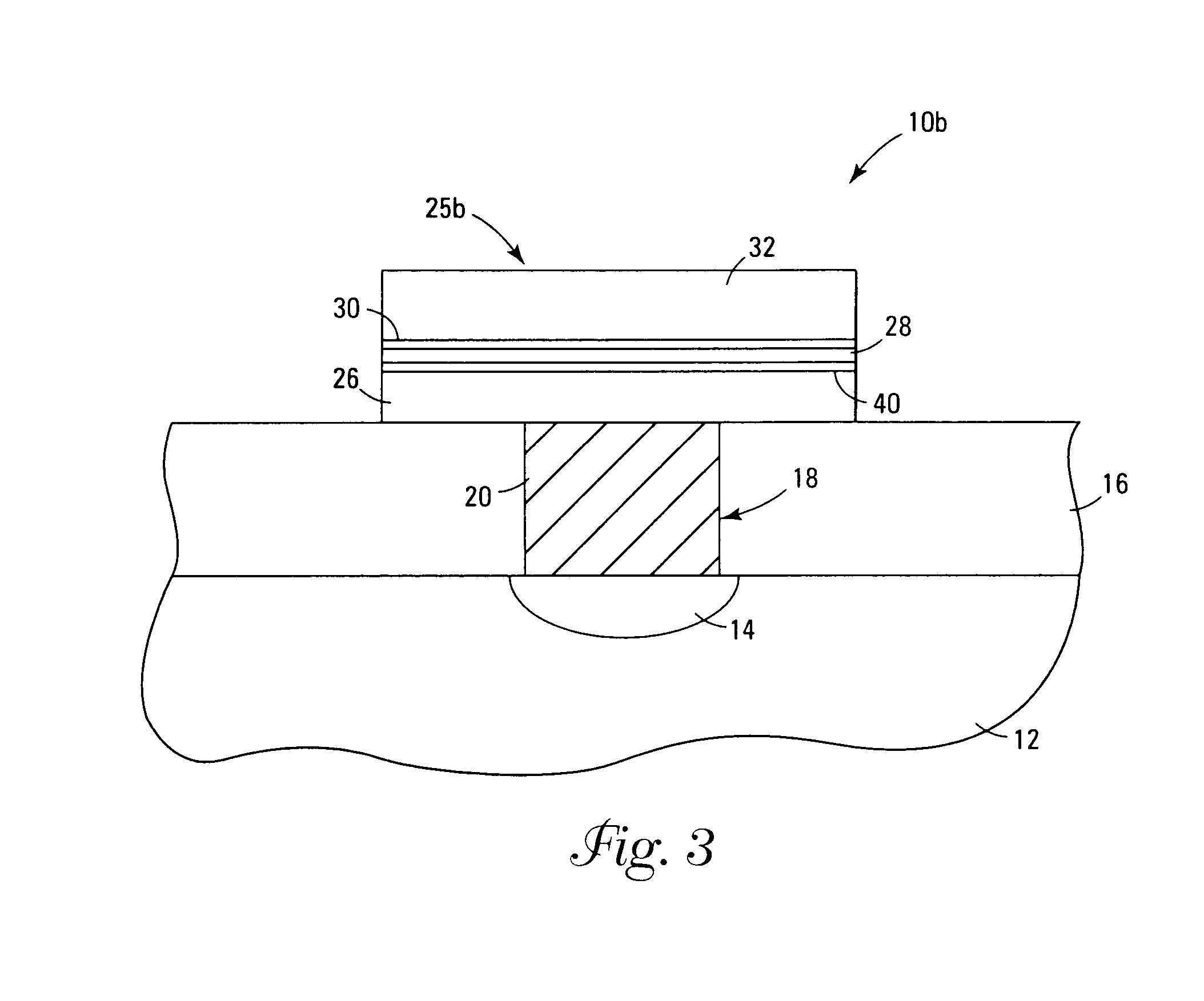Systems and methods for forming metal oxides using metal diketonates and/or ketoimines
a technology of metal diketonates and metal oxides, which is applied in the direction of coatings, capacitors, chemical vapor deposition coatings, etc., can solve the problems of forming an undesirable siosub>2 /sub>interfacial layer, the traditional use of integrated circuit technology is approaching its performance limits, and the layer no longer effectively functions as an insulator
- Summary
- Abstract
- Description
- Claims
- Application Information
AI Technical Summary
Benefits of technology
Problems solved by technology
Method used
Image
Examples
example
Example 1
Atomic Layer Deposition of (Y,Al)2O3
[0074]The deposition of (Y,Al)2O3 was carried out using alternating pulses of Y(thd)3 (available from Strem Chemical Co., Newburyport, Mass.) and Al(Et)3 (available from Rohm & Haas, Danvers, Mass.) vapor in an ALD process. The precursors were held at 190° C. and 50° C., respectively. The substrate had a top layer of 1500 Angstroms of doped polysilicon and was held at 300° C. during 400 cycles. The film formed was approximately 400 Angstroms thick and remained amorphous (as determined by XRD) even after a 750° C. anneal in nitrogen for 1 minute. The ratio of Yttrium to Aluminum was determined by XPS and further identified by ICP spectroscopy to have an approximate stoichiometry of Y01A19O3. TEM showed an amorphous (Y,Al)2O3 with no apparent SiO2 at the interface. Electrical measurements were performed on the material by sputtering platinum electrodes on top of the film through a hard mask. The dielectric constant was 34 at 1 kHz and leak...
PUM
| Property | Measurement | Unit |
|---|---|---|
| temperature | aaaaa | aaaaa |
| pressure | aaaaa | aaaaa |
| temperature | aaaaa | aaaaa |
Abstract
Description
Claims
Application Information
 Login to View More
Login to View More - R&D
- Intellectual Property
- Life Sciences
- Materials
- Tech Scout
- Unparalleled Data Quality
- Higher Quality Content
- 60% Fewer Hallucinations
Browse by: Latest US Patents, China's latest patents, Technical Efficacy Thesaurus, Application Domain, Technology Topic, Popular Technical Reports.
© 2025 PatSnap. All rights reserved.Legal|Privacy policy|Modern Slavery Act Transparency Statement|Sitemap|About US| Contact US: help@patsnap.com



